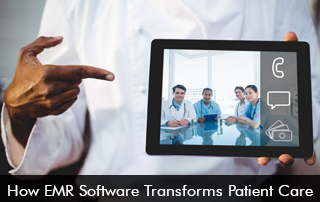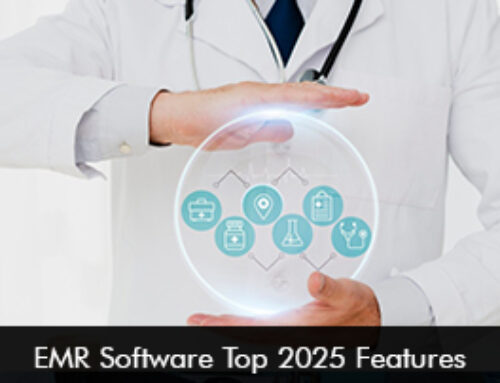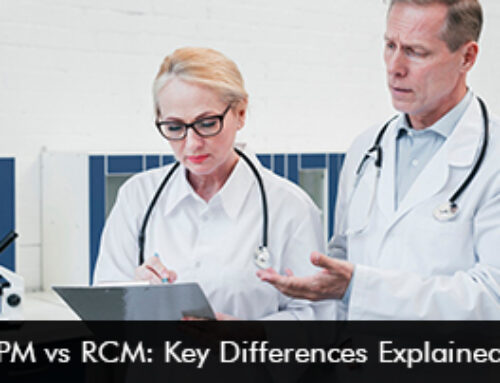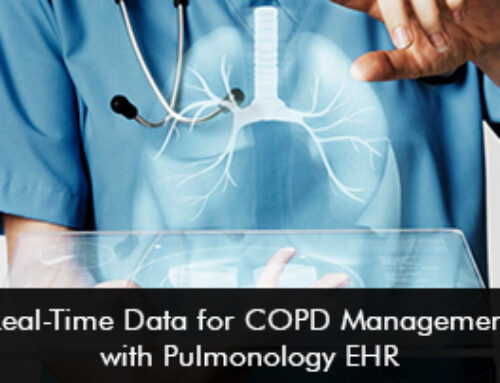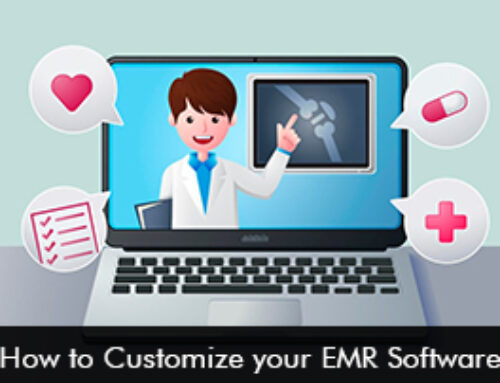The healthcare industry has experienced a significant transformation in the past few decades, particularly with the advent of EMR software. Electronic Medical Records (EMR) software has revolutionized the way healthcare providers manage patient information, leading to enhanced patient care and improved health outcomes. In this article, we will dive into how EMR software is transforming patient care and why its implementation is a game-changer for healthcare facilities.
The Emergence of EMR Software
EMR software digitizes patient records, making it easier for healthcare providers to access and share information. This shift from paper-based records to electronic records has been monumental. It reduces errors, streamlines processes, and ensures a more coordinated and efficient care delivery system.
The Transition from Paper to Digital
The transition from paper-based systems to electronic records involved overcoming various challenges such as cost, training, and ensuring data security. However, the potential benefits of EMRs in improving patient care have made this transition essential for modern healthcare systems.
Addressing Data Security Concerns
With the shift to electronic records, there have been valid concerns regarding data security and patient privacy. EMR software developers have prioritized implementing robust security measures to protect sensitive health information, ensuring that patient data is secure and confidential.
Benefits of EMR in Patient Care
EMR software has brought about numerous benefits that have directly impacted patient care.
Enhanced Quality of Care
By providing real-time access to patient data, EMRs enable healthcare providers to make well-informed decisions quickly. Improved documentation and easy retrieval of patient history lead to more accurate diagnoses and effective treatment plans.
EMR Software and Improved Coordination of Care
The ability of EMR software to share information across different healthcare settings facilitates better coordination among various healthcare providers. This interoperability is crucial for patients with complex conditions who require care from multiple specialists.
Efficiency and Time Savings
EMRs streamline the documentation process, reducing the time spent on administrative tasks. This allows healthcare providers to focus more on patient care rather than paperwork.
Patient Empowerment
Many EMR systems offer patient portals where patients can access their health records, schedule appointments, and communicate with their healthcare providers. This empowers patients to take an active role in managing their health.
Implementing EMR Software
Implementing EMR software is a complex process that involves careful planning and execution.
Developing an Implementation Strategy
Successful EMR implementation requires a well-thought-out strategy that includes setting clear objectives, training staff, and ensuring a smooth transition from paper to electronic records.
EMR Software Training for Healthcare Providers
Proper training of healthcare providers is essential to ensure that they are comfortable and proficient in using EMR systems. Ongoing training and support help in addressing any challenges that may arise during the implementation phase.
Continuous Improvement and Updates
EMR software is constantly evolving to meet the changing needs of the healthcare industry. Regular updates and improvements to the system are necessary to enhance functionality and maintain the relevance of EMR software in patient care.
EMR Software and the Future of Healthcare
The future of healthcare is closely tied to the advancements in EMR technology. With continuous innovation, EMR systems will become even more integrated into the fabric of healthcare delivery.
Predictive Analytics and Personalized Care
EMRs are increasingly being used to harness the power of predictive analytics, allowing healthcare providers to offer personalized care based on a patient’s health data and risk factors.
Integration with Wearable Technology
The integration of EMR systems with wearable health technology is an exciting development. This allows for real-time monitoring of patient vitals and health indicators, which can be directly incorporated into the EMR for analysis and action.
Enhancing EMR Software Telehealth Services
EMR software plays a crucial role in the expansion of telehealth services. With EMRs, healthcare providers can access patient records during virtual consultations, ensuring that they have all the necessary information to provide remote care effectively.
Challenges and Considerations for EMR Software Adoption
While EMR software offers many advantages, there are also challenges to consider.
Addressing Resistance to Change
Resistance to change is a common obstacle in the adoption of EMR systems. It is important to address the concerns of healthcare providers and staff, emphasizing the benefits and providing adequate training and support.
Ensuring EMR Software Interoperability
Interoperability between different EMR systems is crucial to facilitate the seamless exchange of information. Healthcare facilities must work towards adopting EMR software that is compatible with other systems to achieve true coordination of care.
Balancing Cost with Benefits
The initial cost of EMR implementation can be high. However, it is essential to balance this cost with the long-term benefits of improved patient care and operational savings.
Conclusion
EMR software has indisputably transformed patient care, propelling the healthcare industry into a new era of efficiency, accuracy, and patient-centered services. As we continue to witness the evolution of EMR technology, the prospects for further enhancing patient care are limitless.
As healthcare providers embrace these technologies, they are not only contributing to a more robust healthcare system but also ensuring that patients receive the best possible care. The journey to a fully digital healthcare environment is ongoing, and EMR software is at the forefront of this transformation.
With thoughtful implementation and ongoing commitment to innovation, EMR software will continue to play a pivotal role in shaping the future of patient care.


